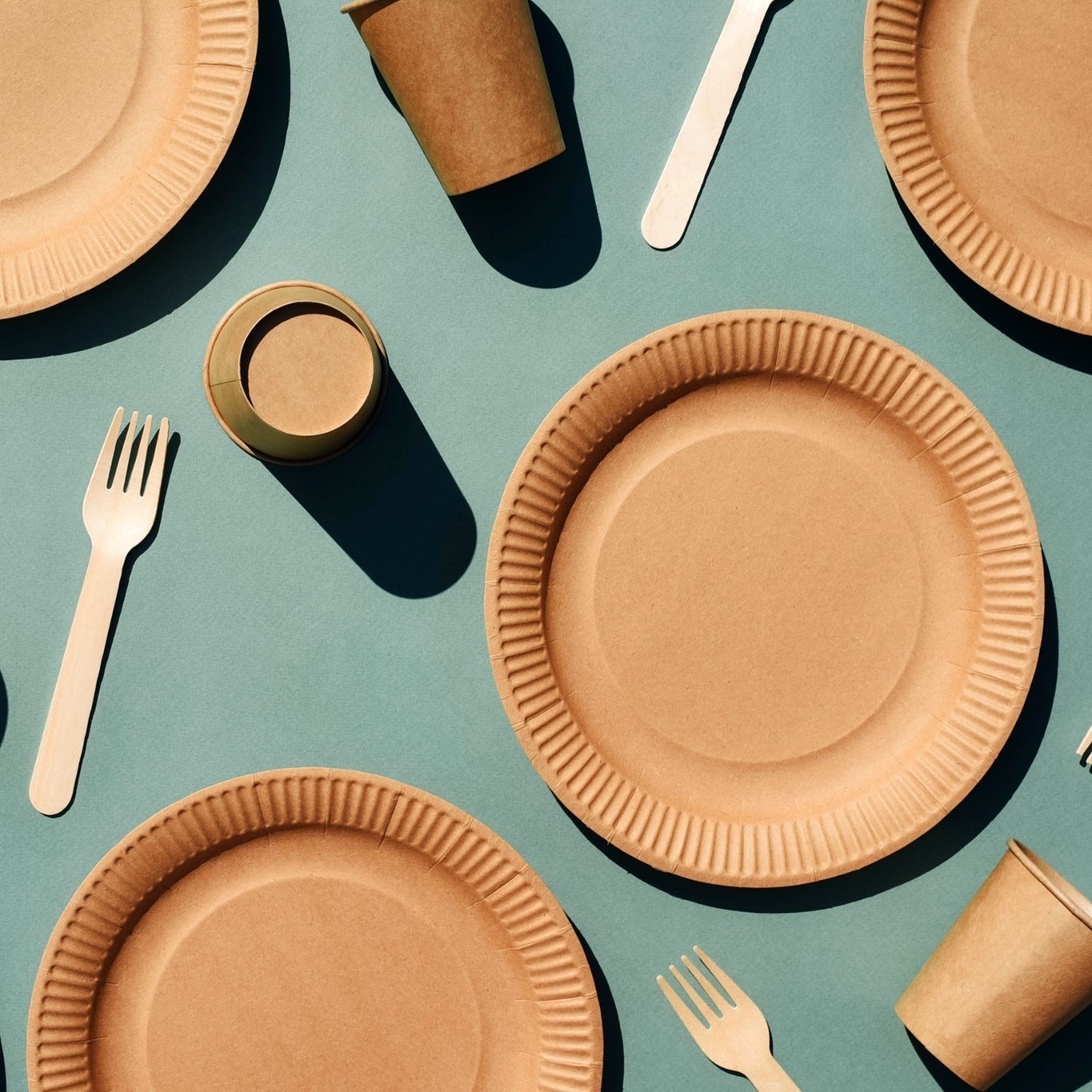


Healthy Eating Habits for your Family
Eat together
Try to have meals together as a family as often as possible.
Getting everyone together for mealtime can be a challenge. There are many reasons why everyone might not be able to come together at mealtimes. Even if some family members are not available, there are still benefits to eating with those who are.
Make healthy foods the routine
Offer your kids healthy meals and snacks at regular times throughout the day. This is important to help them get enough nutrients and energy to help them grow and develop.
Every day, offer a variety of:
• vegetables and fruit, including:
• dark green vegetables such as kale and bok choy each day
• orange vegetables such as carrots and sweet potato most days
• whole grain foods, such as:
• oats
• wild rice
• whole wheat pasta
• protein foods such as:
• eggs
• nuts and seeds
• fish and shellfish
• beans, peas, and lentils
• lean red meats, including wild game
• lower fat dairy products such as milk and yogurt
• fortified soy beverages, tofu, soybeans and other soy products
• Include healthy snacks, such as yogurt and fruit, or hummus and vegetable sticks instead of highly processed sweetened granola bars
Offering a variety of healthy foods is the best way to help your children get the nutrients they need.
Make healthy drink choices
Offer water.
Healthy drink options other than water can include:
• white milk (unsweetened lower fat milk)
• unsweetened fortified plant-based beverages
Make a healthy choice
Limit the amount of highly processed foods you offer.
Prepare meals and snacks with little to no added:
• sodium
• sugars
• saturated fat
Get them involved and share the tasks
Teach your kids about making healthy food choices.
Plan out your meals and snacks with your kids to have the healthy foods they like in the home.
Get your kids cooking. Support them, regardless of age, by helping them with simple food-related tasks.

Drumheller Culture Day – Tastes of the World!
On Saturday, September 20, 2025, 3pm – 9pm the Badlands Community Facility Fieldhouse will transform into a vibrant hub of food, culture, and connection as we celebrate Culture Day: Tastes of the World! This multicultural event showcases the richness of global cuisines and the spirit of community.
A World of Flavors
Come hungry! Explore an incredible lineup of cultural food vendors featuring Ukrainian, Filipino, Mexican, and more international cuisines. Each vendor will serve authentic dishes prepared with care, offering you a genuine taste of their culture and traditions.
Food, Fun & Entertainment
It’s more than a food festival—it’s a celebration for the whole family!
Live music to set the stage for an unforgettable evening
Children’s activities to keep little ones smiling
Beer, wine & liquor tasting fundraiser in the beer garden
Giving Back Through Good Food
This event isn’t just about tasting the world—it’s about making a difference. Proceeds from the beer/wine/liquor tasting fundraiser will support children’s programs at the Aquaplex and BCF, ensuring low-income families can access swimming lessons, recreation, and other activities that help kids thrive.
Event Details
Who: Everyone! This is a community-wide celebration open to all ages
What: Connecting Nations – multicultural food, live music, kids’ activities & beer/wine tasting fundraiser
When: Saturday, September 20, 2025, from 3:00 PM to 9:00 PM
Where: BCF Fieldhouse
Why You Should Attend
Experience authentic international dishes without leaving Drumheller. Connect with friends, family, and neighbors in a fun, inclusive space
Support programs that help local children access recreation opportunities
Please mark your calendar and bring your appetite. Let’s celebrate culture, community, and connection together at Tastes of the World!

2025 Seniors Fair: Growing Stronger Together
Please join us at this free event – Growing Together Seniors Fair at the Badlands Community Facility on September 25, 2025, from 9:30 a.m. to 3:30 p.m.
This free event includes a complimentary lunch, activities, a fantastic social setting and features five excellent speakers!
To ensure we have sufficient seating, refreshments, and lunch, registration is required. Please RSVP to Kim Larsen, 403-321-4727 by September 22, 2025.
Featuring
– Parkinson’s Association of Alberta
– Jason Schneck, PHD Student from the University of Zurich
– Recovery of Alberta, ‘Maintaining Wellbeing as you Age’
– Public Health Dietitian, ‘Key Nutrients and Cooking on a Budget’
– Tom Zariski, Town of Drumheller Councilor
This event is proudly sponsored by the Drumheller Community Seniors Coalition, Connecting People & Community for Living Well, Healthy Aging Alberta, Drumheller FCSS, and the Big Country Primary Care Network.

Seniors Day
Visit Barneys Adventure Park for Seniors Day on Tuesday September 23, 2025.
Call Kim at 403-321-4727 for more information.


Better Choices, Better Health® Online Workshops
Helping to put knowledge into action, supporting better health.
Living with a long-term (chronic) health condition can be hard. Better Choices, Better Health® is a free group workshop for adults who live with or support someone with a chronic health condition. Choose between three workshops:
Better Choices, Better Health® – Chronic Disease: for those with conditions like diabetes, high blood pressure, obesity, arthritis, gastrointestinal (GI), depression, long COVID-19 and others. – https://www.albertahealthservices.ca/…/if-phc-cdm-bcbh…
Better Choices, Better Health® – Chronic Pain: for those with conditions like fibromyalgia, complex regional pain syndrome, persistent pain, migraines, arthritis and others. – https://www.albertahealthservices.ca/…/if-phc-cdm-bcbh…
Better Choices, Better Health® – Chronic Disease: Balancing Work & Life – https://www.albertahealthservices.ca/…/if-phc-cdm-bcbh…
These workshops can help improve your confidence by learning new self-management skills and to enjoy a better quality of life.

World Suicide Prevention Day Walk
The Project #mentalhealthmatters💚
September 10th, 2025 @ 6pm – Start at the Drumheller Health Centre – Mental Health Entrance
Please register through the QR code or link below.
World Suicide Prevention Day Walk Registration Link:
https://redcap.albertahealthservices.ca/surveys/?s=889YEXE9XR93NTAM

Staff Surprise
Surprise Staff Excursion to the Valley Ice Cream Shoppe
A lovely time out for enjoying ice cream in a beautiful garden setting with amazing co-workers ❤️

Blessings Baking
Thank you to the Fellowship Baptist Church for the blessings baking, it brightened our day ![]()
![]()
